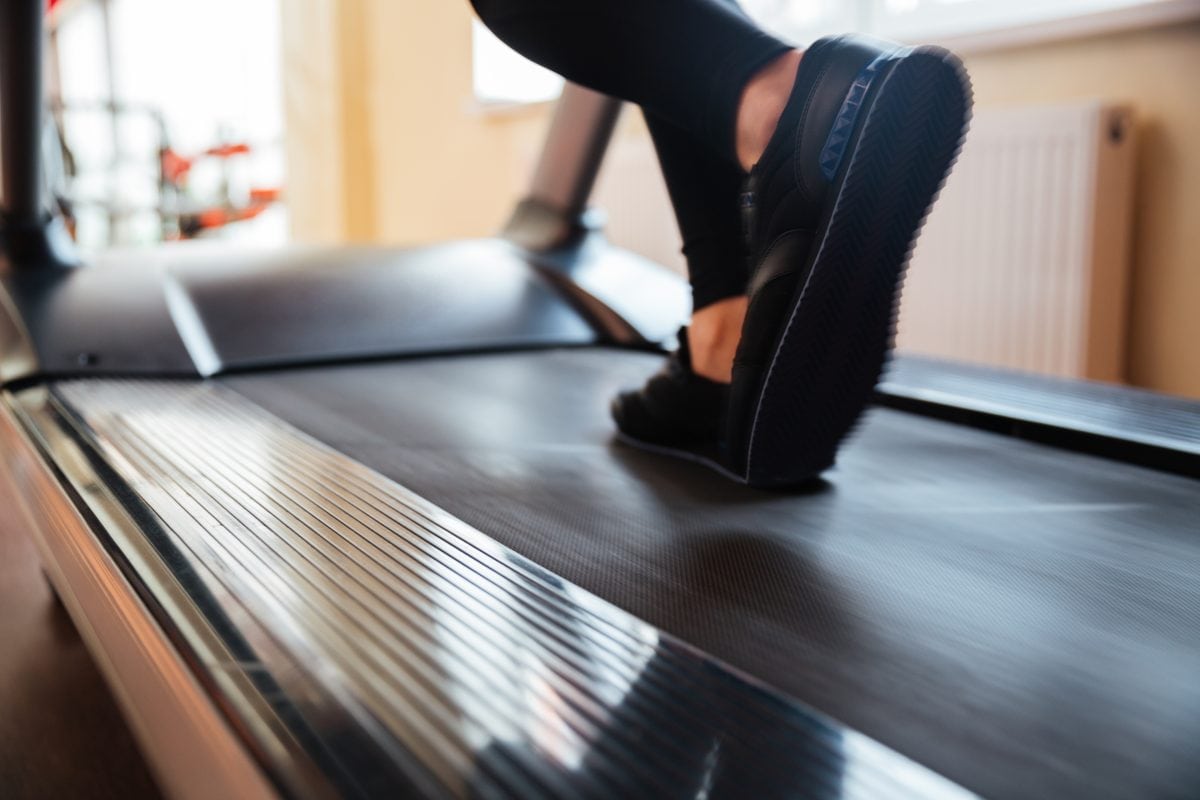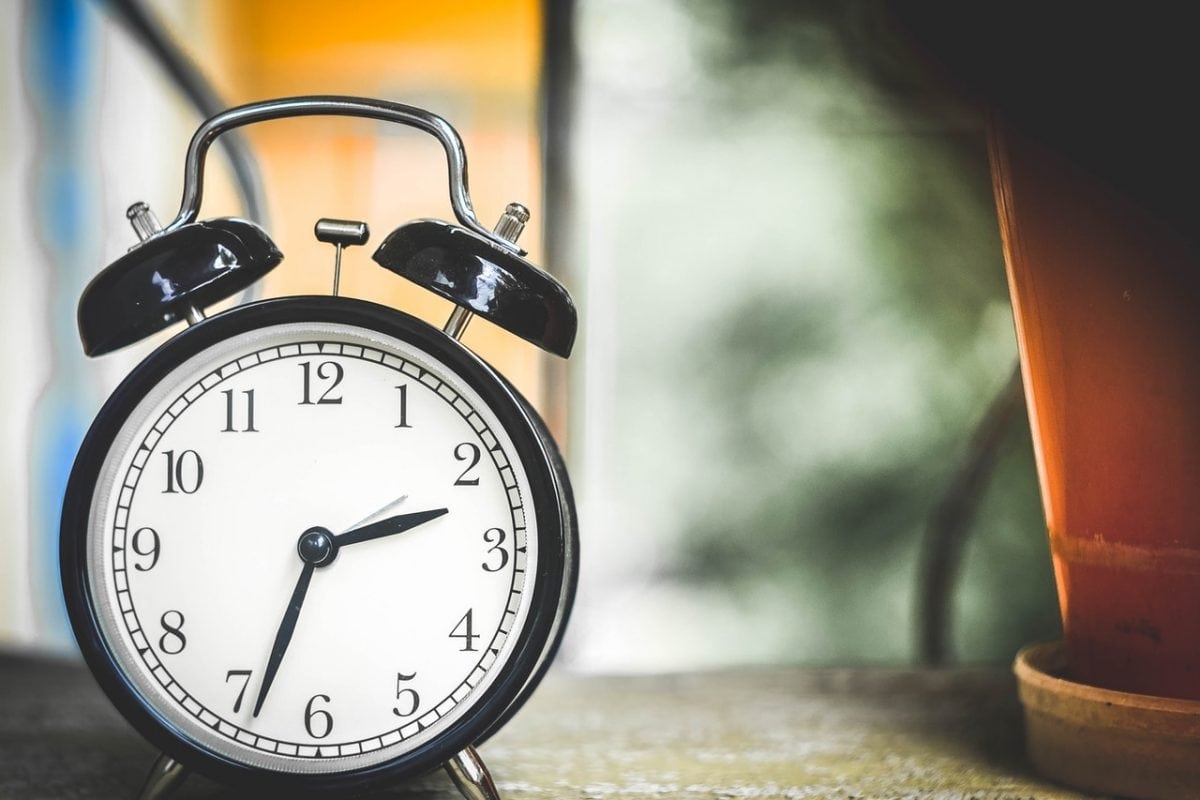Not sure what HIIT is or what it even stands for? This is the perfect place to start your education on a training program that has incredible benefits to your health and can add that diversity to your workout routine that you’ve been looking for.
High-Intensity Interval Training is defined by its bursts of high-intensity anaerobic exercise alternated with periods of low to moderate intensity exercise. The high-intensity portions of the workout will work your body to its max for anywhere between 30 seconds to 4 minutes, and the lower intensity periods that can last the same period of time will allow your body to recovery while you still remain active. This type of training has become increasingly popular in the fitness world due to its many health benefits, it’s shortened exercise time and it’s ability to be practiced anywhere, even from home.
So what exactly are the health benefits of HIIT?
-
You burn a ton of calories, even after you’re done working out! Thanks to Excess Post-exercise Oxygen Consumption, your body is still using calories after a high-intensity workout to recover and restore itself from the effects of the exercise you just completed. This is also known as the “afterburn effect” and not only helps to burn additional calories hours after your workout but also helps to burn fat!
-
Although this type of exercise might sound like a heart attack waiting to happen, it will actually benefit your cardiovascular system more than you think. Many people may be intimidated by the idea of going at 80% – 90% of their speed capacity on a treadmill but if you’re training properly you don’t need to worry that this will lead you to a heart attack, it will actually have the opposite effect! The intensity of the workout will help to increase the elasticity in your blood vessels and arteries, allowing for a better flow of blood and oxygen to the heart. So even though you might feel like your heart is about to pump out of your chest, it’s actually becoming stronger and healthier.
-
The more your practice HIIT the more you’ll increase your body’s rate that it can consume oxygen. Your body has a specific rate at which it can consume oxygen while you are physically active and in the high-intensity phases of a HIIT, your body is demanding to be filled with even more oxygen than it would during a lower paced cardio exercise. Each workout can increase the threshold of oxygen you take in, and with that extra oxygen your muscles will perform better and you’ll boost your stamina.
-
We all have busy lives and would probably rather spend our extra time with our families or catching up with friends than putting in the hours at the gym. And that’s another reason why HIIT is so great – it doesn’t have to take up as much time as your other workouts! You can even get a great fat-burning session done in just 20 minutes by practicing the technique of high-intensity exercise bursts mixed in with moderate to low-intensity exercise bursts.
-
HIIT tests both you both mentally and physically. When you’re in the high-intensity phase of the workout you are going faster and harder and pushing yourself beyond what you thought possible. Not only are you testing yourself physically, but you’re giving yourself that mental challenge of pushing back against thoughts that might tell you aren’t strong enough. Guess what though, you ARE and with HIIT you’ll learn you have more mental and physical endurance than you once thought.
- Diversity is key in your workout regime and high-intensity interval training can be practiced among a range of different exercises from cycling, swimming, running and weight-lifting. It’s easy to incorporate into your favorite workout and you can even try it from your own home.
Although it might sound intimidating, high-intensity interval training can be practiced by almost anyone, anywhere. It’s a great workout to incorporate into your routine 2-3 times a week and will help keep you motivated and energized. Try out an Orange Theory Fitness Class (they’re all about HIIT!) and let us know what you think.








